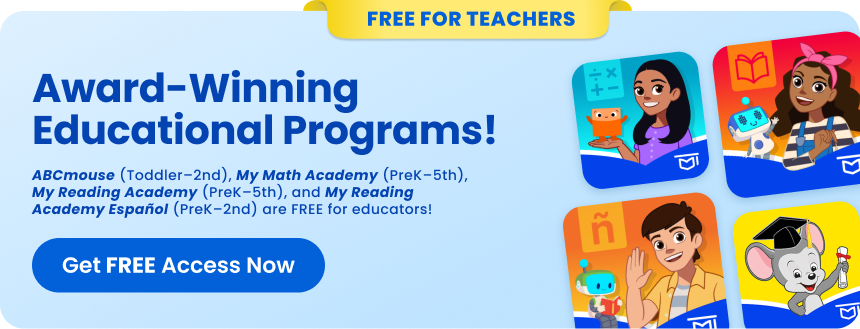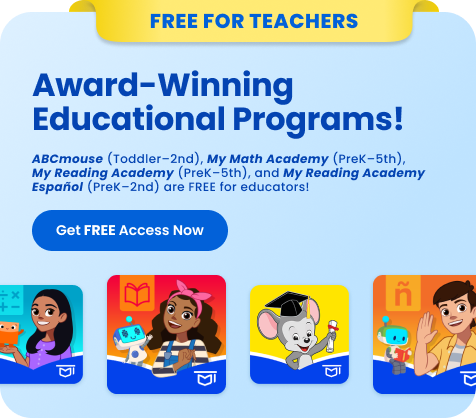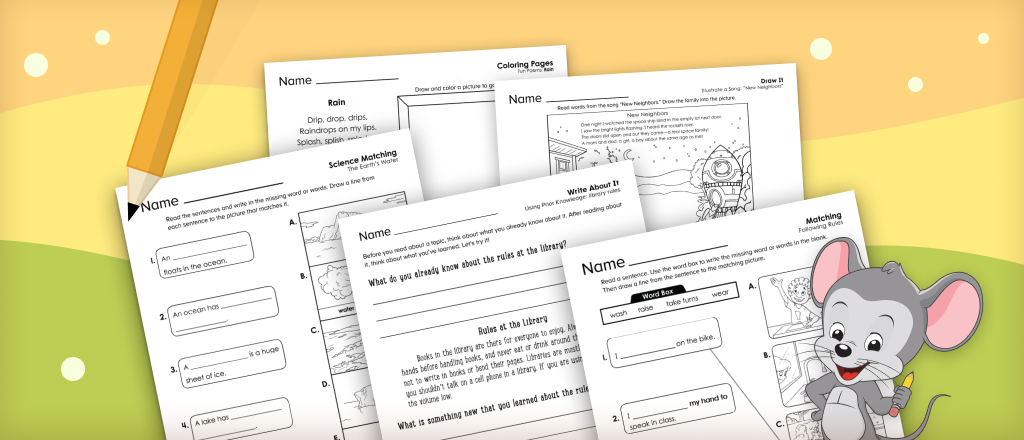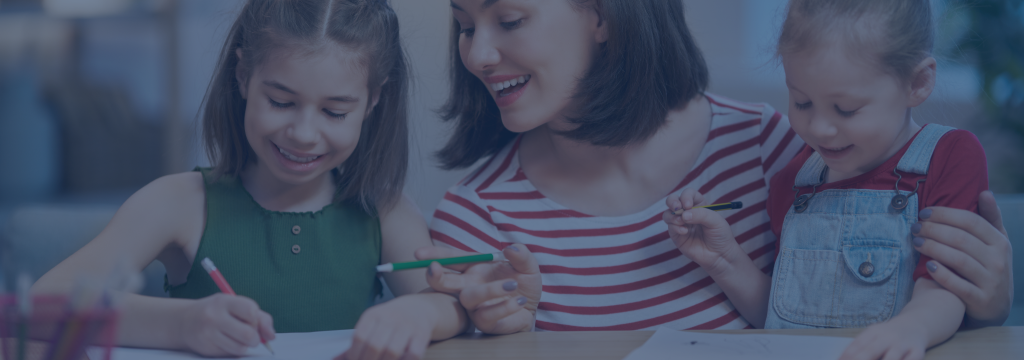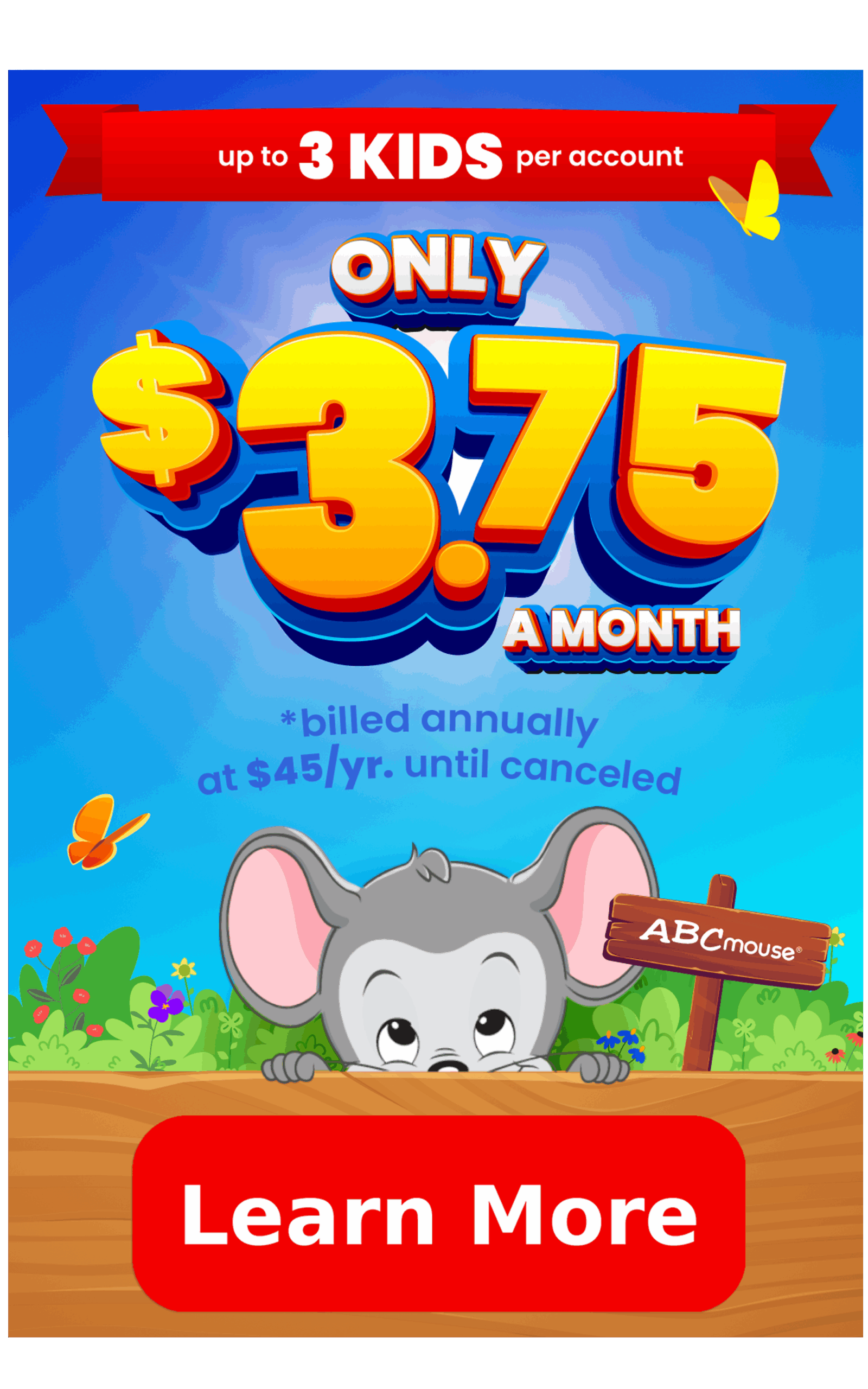
27 Reading Comprehension Strategies and Activities for Young Learners
Delight children with engaging activities designed to nurture their reading comprehension skills.
Table of Contents
What is Reading Comprehension?
How Does Reading Comprehension Fit Into the Science of Reading?
Why is Reading Comprehension Important?
What Skills Does Reading Comprehension Include?
What Does Reading Comprehension Look like for Young Readers?
Reading Comprehension and Metacognition
Pre-Reading Comprehension Strategies
Story Elements Reading Comprehension Strategies
Nonfiction Elements Reading Comprehension Strategies
Characterization Reading Comprehension Strategies
In many ways, learning to read is like solving a jigsaw puzzle. The puzzle pieces include skills like phonics and decoding to sound out the words themselves, vocabulary to understand what the words mean, and reading comprehension strategies to understand the overall text. When all the pieces fit together, the reader is finally able to see the whole picture.
You may already know how to help your child with phonics, decoding, and sight words. Here’s how to ensure they’re developing good reading comprehension strategies too.
What is reading comprehension?
Reading comprehension is the ability to understand, interpret, and engage with what is read. It involves many layers of skills, such as vocabulary knowledge, background knowledge, word decoding and recognition, reading fluency, and more.
In a way, reading comprehension skills are similar to being a detective, as the reader looks for facts and clues in the text and uses them to make inferences and draw conclusions.

Like a detective, a reader must analyze the information, deciding which pieces are most important and which might be misleading or even incorrect. Both readers and detectives use critical thinking skills to explore more deeply, with careful attention to detail.
What are inferences and conclusions?
In reading, an inference is an educated assumption based on a combination of details from a text and the reader’s prior knowledge, while a conclusion is a judgment based solely on facts and details within the text.
Comprehension is actually one of the earliest reading skills children develop, even before they begin learning the alphabet or sounding out words. When kids listen to books read aloud through shared reading, they’re learning to understand plot, characters, and other components right from the very start!
How does reading comprehension fit into the Science of Reading?
The Science of Reading is a body of research that helps educators develop evidence-based strategies for teaching reading. It includes linguistics, psychology, neuroscience, and more. This research finds that (among other things) effective reading instruction includes five components:
- Phonemic Awareness: Understanding that words are made up of sounds represented by letters or combinations of letters
- Phonics: Recognizing the sounds letters or letter combinations make, and sounding them out (decoding) to read words
- Vocabulary: Understanding the meaning of individual words
- Reading Comprehension: Exploring, understanding, and analyzing the meaning of the words of a text as a whole
- Fluency: Putting all of these skills together to read words smoothly while understanding their meaning in one seamless action
Each of these components is an important part of guiding kids to become strong, independent readers.
A useful model for understanding how these components work together is The Simple View of Reading, which explains how decoding and language comprehension combine to develop proficient readers.
Why is reading comprehension important?
Fully comprehending the meaning of texts is crucial for a child’s academic success. Every single academic subject (even math!) requires the ability to explore written text, understand the details, and think critically about the information. When a child is unable to read fluently and critically, they may face challenges in school and when they encounter text while out and about in the world.
Sometimes when students struggle to learn phonics and decoding, we get so wrapped up in teaching them how to sound out words that we forget about looking for the meaning of the words.
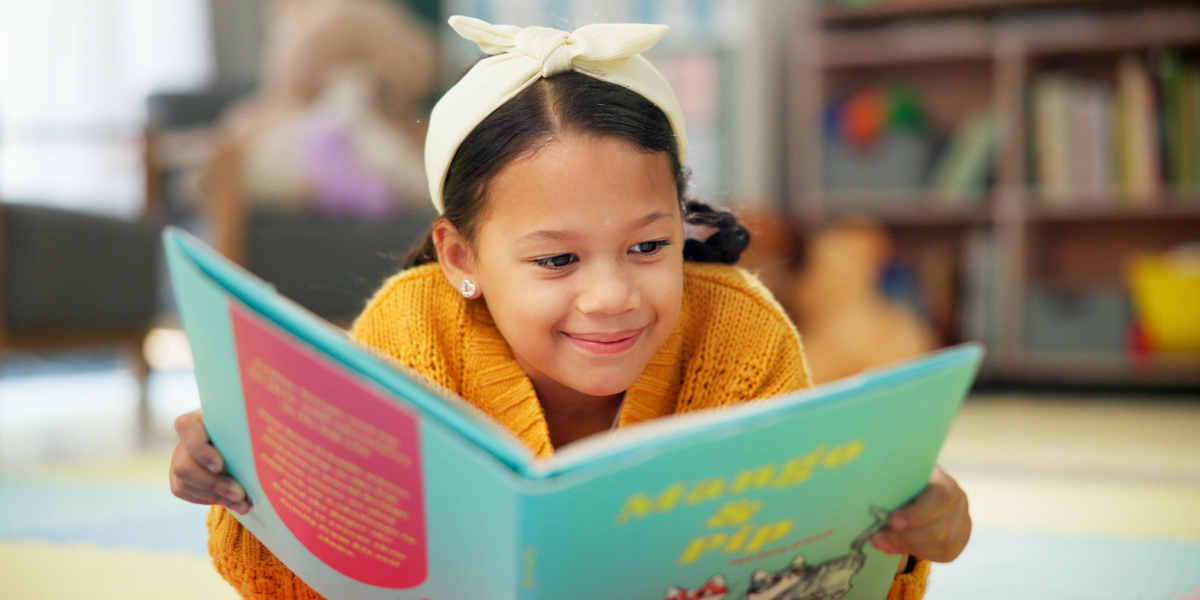
Comprehension helps us make personal connections to the text we’re reading. In fact, truly understanding what you’re reading is part of what makes reading so fun and engaging.
Reading comprehension also fosters critical thinking by encouraging children to engage with texts on a deeper level. When children comprehend what they read, they can analyze, question, and reflect on the material, which enhances their ability to think critically and form their own opinions. Additionally, strong comprehension skills have real-life applications, as they enable children to understand instructions, follow narratives, and make informed decisions.
What skills does reading comprehension include?
Reading comprehension is a wide-ranging skillset, varying from identifying and recalling the basic facts of a text (plot, theme, characters, etc.) to a thorough critical analysis of the themes, opinions, hypotheses, and author’s purpose.
Once children have mastered the technical skills of reading, such as decoding and “sounding out,” their mental energy is freed up to dig more deeply into texts, allowing them to explore complex ideas like literary devices and narrative voice. They evaluate both text and subtext, synthesizing what they’ve read to draw new conclusions.
While listening and reading comprehension instruction begins in preschool, it typically begins to dominate instruction by the upper elementary grades, as children are expected to have mastered the basic technical skills of reading.

What does reading comprehension look like for young readers?
For emergent readers (preschool to early elementary) who spend much of their time focused on phonics and decoding, reading comprehension is a little less involved. These students are just learning to look for details while they read, recognizing comprehension concepts like characters and plot.
New readers concentrate on skills like retelling stories, naming and describing characters, and recognizing settings and overall plot arcs. They learn to identify general themes and think about the author’s purpose. These students also begin to consider how they personally relate to a text and how others might think about it differently.
Reading comprehension worksheets like the ones in this collection can help build and reinforce all these skills.
Reading Comprehension and Metacognition
Metacognition is an important skills that emergent readers develop. It essentially means “thinking about thinking.” For kids, it’s about developing the ability to recognize when they don’t understand something.
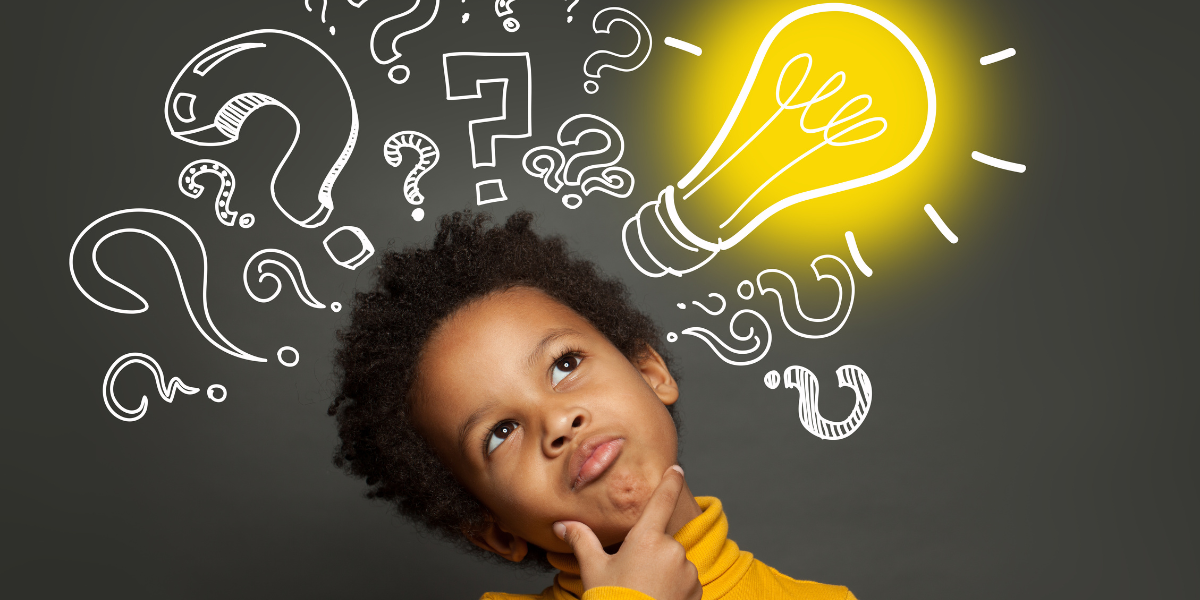
You may have noticed that very young children are like sponges. They have the ability to soak up pretty much anything you say and repeat it back to you. But toddlers don’t always think much about the words they say. They spend their days asking “Why?” but not really considering the answers.
As kids get older, they begin to develop metacognition and recognize when something doesn’t make sense to them. Once they realize they’re not fully understanding what they’re reading, they can stop and reread, using reading comprehension strategies to make better sense of the text.
Pre-Reading Reading Comprehension Strategies
Before reading a book or other text, teach kids to take some time to look it over generally first. This helps them know what to expect and what types of details they’ll need to look for. Try these pre-reading strategies to help with reading comprehension:
Scanning
Explore the cover, format, and illustrations. Identify and examine these features:
- Type of text: Fiction, non-fiction, verse (poetry), etc.
- Title: Predict what you think the text will be about.
- Author and Illustrator: Do you recognize the names? If so, what does that potentially tell you about the text?
- Images: What can you predict about the text from the pictures?
Skimming
Flip briefly through the text, looking for anything that jumps out. Depending on the type of text, you might notice the following details:
Narrative (Fiction) Texts | Expository (Non-Fiction) Texts |
|---|---|
| Character names | Dates or other numbers |
| The setting of the story | Page headings |
| Who is narrating the story | Diagrams or informational pictures |
Story Elements Reading Comprehension Strategies
After completing a few pre-reading strategies, it’s time to dig into the book. As children read, these strategies guide them to understand the basic facts of the text itself. Readers can generally find all the information they need in the book or reading passage itself.
Five Finger Retelling
Retelling requires readers to recall the events and characters of a story and tell it again in their own words. Use the five fingers of your hand to recall and retell each of the following:
- Thumb: Setting
- Pointer Finger: Characters
- Third Finger: Beginning
- Fourth Finger: Middle
- Pinky: End
Storyboard
Another way to practice retelling is a storyboard. Identify the major plot points of the story and illustrate each in its own block, rather like a comic strip. You can also cut the blocks apart, mix them up, and put them back in the correct order to practice sequencing.

Timeline
A timeline is like a storyboard, but it doesn’t necessarily require pictures (although you can use them). Start by identifying the major plot points, then put them into their places on the timeline. Notecards are a terrific way to build a story timeline.
Problem and Solution
In most stories, characters face a problem and must find a way to solve it. Older students will learn terms like “exposition,” “climax,” and “resolution,” but at younger ages, you can simply focus on identifying the problem the character faces and their solution.
Tip: There may be more than one problem and solution in a story. Try creating a chart listing the problem/s and solution/s in a story.
Story Map
This is a type of graphic organizer, which is a way of visually organizing information about a complex topic. It includes spaces for the characters, setting, theme, plot points, conclusion, and more. Learn more about story mapping here.
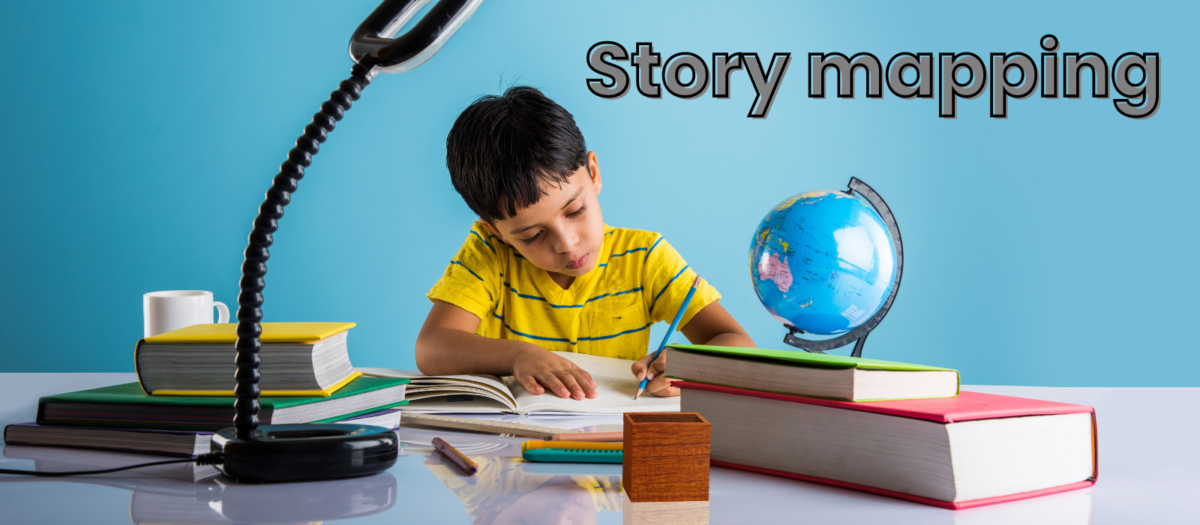
Pause and Predict
Predicting what comes next requires a good understanding of what’s already happened. For instance, if you’re reading a story about a family visiting a zoo, you’ll need to keep track of which animals they’ve already seen to predict where they might go next. Stop from time to time as you read to ask, “What do you think will happen next? Why?”
Nonfiction Elements Reading Comprehension Strategies
Nonfiction reading comprehension still requires looking for details but the types of details are different. Readers look for main ideas and the facts that support those ideas, as well as the overall purpose and conclusion of the text.
Graphic Organizer
Use a graphic organizer to visually identify and organize the main ideas of the text. For each idea, list statements in the text that support it. For a reading passage about sloths, it might look like this:
| Live in the rainforest – Found in Central and South America – Cling to high branches using claws – Fur is green from algae which helps it hide in the trees | Eat vegetation – Digest very slowly in special stomachs – Only come down to ground once a week to eliminate waste |
Two Types of Sloths – Two-toed sloths – Three-toed sloths | Nocturnal – Active at night – Move slowly because of slow metabolism |
KWL: Know, Want to Know, Learned
Encourage children to think about what they already know about a topic (background knowledge). Then, list some things they’d like to know that might be covered in the text. After reading, have them write the answers to any of those questions, and make notes about other facts they learned.
Chunking Text
For longer nonfiction pieces, break them into smaller sections to ensure you fully understand each. Many nonfiction books are already divided by chapters, headings, or other labels. Tackle each section on its own, using nonfiction reading strategies like graphic organizers or KWL.
Images and Graphics Context Clues
If the book is illustrated, the pictures can often help clue readers in on new words they don’t know. (Let them suggest possible meanings for the word before you confirm the correct one.) Illustrations, photos, maps, and diagrams can also clarify information or add new details. Be sure to read captions and labels as well.
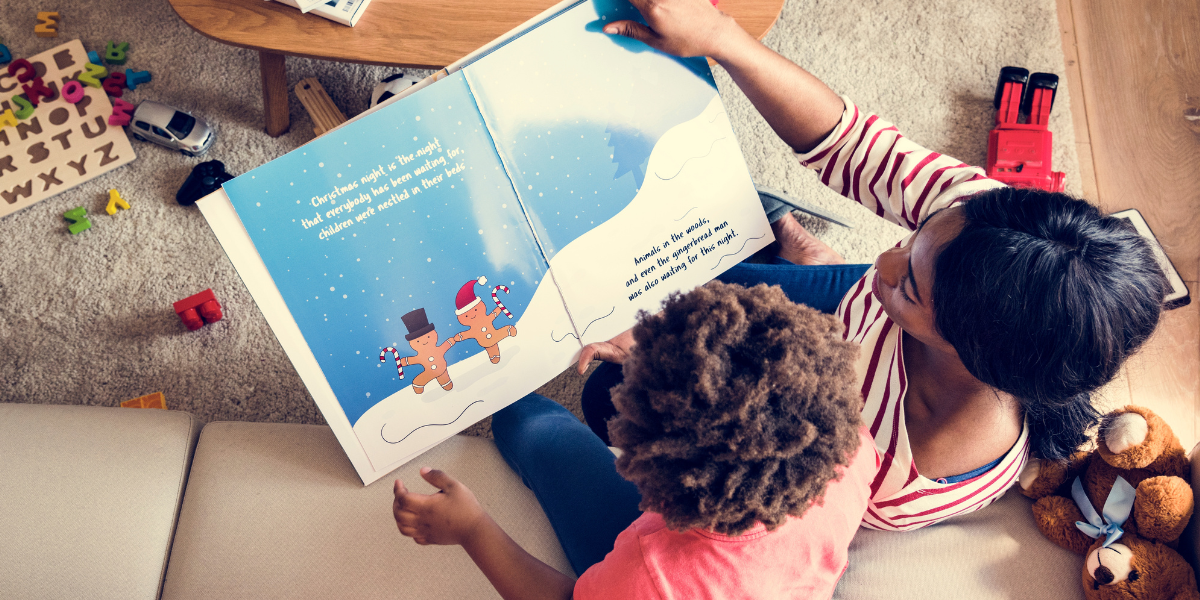
Before and After Context Clues
In any text, children may come across words they don’t recognize or know the meaning of. Encourage children to use context clues by looking at the words before and after to see if they can make sense of the word.
Characterization Reading Comprehension Strategies
Understanding a character’s actions and motives helps readers make deeper connections with a text. Here are some strategies for looking more closely at characters in a book.
Family Tree or Character Map
Knowing how characters are related to one another, whether as family, friends, or even enemies, helps us understand their actions better. Draw a family tree or character map with lines connecting each character. Label each line with those characters’ relationship, like the character map shown here.
Character Trait Puppets
Draw each character on a piece of cardstock. If the book includes illustrations, you can use them as a guide. If not, read the book carefully for details about the character’s appearance. Cut it out and glue a stick to the back to turn it into a puppet. Be sure to leave room on the back to write down character traits or facts, such as “likes strawberry ice cream” or “worries about everything.” (You can use these puppets to retell the story!)

Compare and Contrast
Divide a piece of paper in half, and write one character’s name on each side. Write a list of traits and actions for each character. Then, draw lines to connect any similarities between the characters. Circle any traits or actions that are different.
Through Their Eyes
Retell a story through a different character’s eyes (such as the story of the Three Little Pigs from the point of view of the wolf). To do this, children will need to think about each character, and how the story is different from their viewpoint. This fun activity is also terrific for digging deeper into a story!
Character Interview
Ask students to imagine they’re a news reporter interviewing a character in the story about the events that took place. Have them write a series of questions they’d ask, then write or say the answers in the way they think that character would respond.
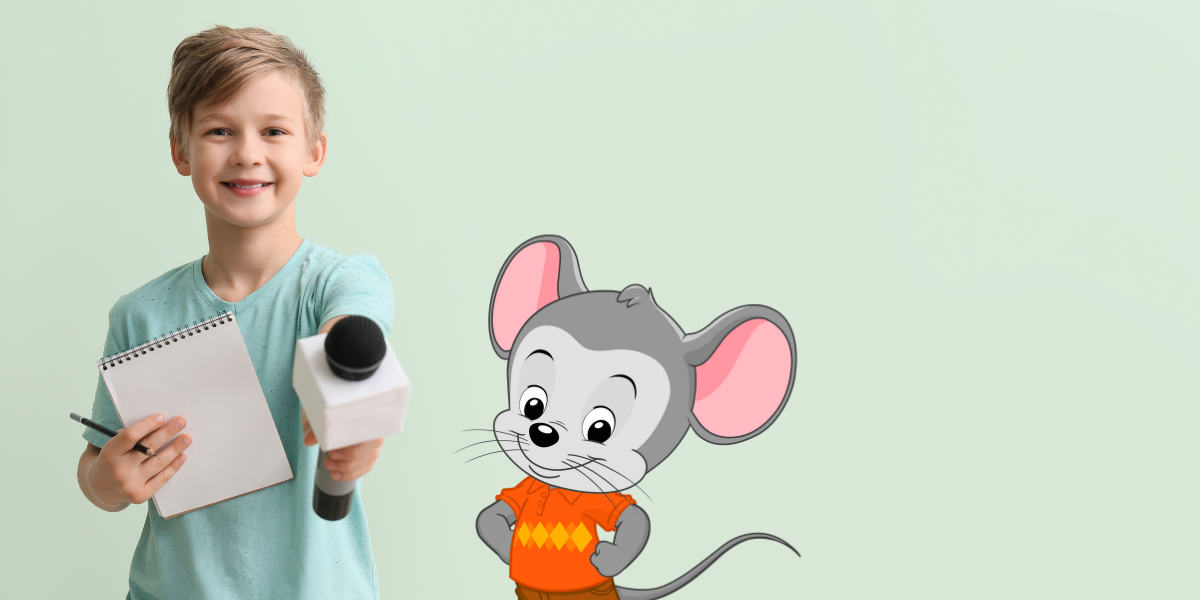
Bring the Character into Your Life
Ask students to think about all of the characters in the story. Who would they choose as a friend? Who would they want to help them make dinner? To play on their soccer team? To coach their soccer team?
Good Guys and Bad Guys
Ask students which characters in the book seem like “the good guys.” Make a list of reasons that support that viewpoint. Then do the same for any “bad guys,” and see if their opinion changes at any point while reading.
Making Connections Reading Comprehension Strategies
Making connections to a text involves linking what we read to our prior knowledge, experiences, and the world around us. When we use strategies that help us relate to what we read, it can foster a sense of empathy, compassion, and deeper understanding. Making connections is also an important step in making inferences.
Journal It
After reading a text, have children spend some time writing about how it made them feel. They should think about specific characters and whether they like them or not and whether they know anyone like them. They should also consider their reactions to events in the story and how they felt when they finished.
Jump Into the Story
Task students with imagine themselves as part of the story. Who would they be friends with? What would they do or advise the characters to do when faced with the problems in the story? Would they make the same choices or do things differently?

Book Cover Illustrations
Ask students to design a cover for a book based on their own interpretation of the characters and the story. They should think about what’s most important about the story, and how they can represent it on the cover to help other people know what the book is about.
Write a Review
Encourage children to review a book for other readers, explaining why they did or didn’t like it. After a brief summary, ask them to describe their personal reactions to the book. If they didn’t like it, ask them to think about the type of person who might want to read it instead.
Act It Out
Have children turn a story into a play that’s set in their neighborhood or school, considering what the characters’ problems would like in their world. They might need to write additional dialogue, create simple scenery, assemble props, and more. Have them put their own personal spin on the story and act it out for all to see!

ABCmouse Reading Comprehension Programs and Resources
ABCmouse is designed by curriculum experts and focuses on improving children’s math and literacy skills. ABCmouse helps children develop reading comprehension skills through hundreds of interactive activities, games, and lessons:
- Vocabulary: ABCmouse exposes children to new words in context through stories, songs, and activities, which can help them expand their vocabulary and develop comprehension skills.
- Word recognition: ABCmouse introduces and reinforces sight words through interactive lessons, games, and activities, which can help children develop word recognition skills and increase their reading fluency.
- Storybooks: ABCmouse offers a collection of interactive storybooks at different reading levels, which engage children with colorful illustrations, interactive animations, and voice narration.
- Phonemic awareness: ABCmouse puzzles, games, and activities aim to help children strengthen phonemic awareness and develop essential reading skills by blending sounds, building words, and recognizing letters.
- Fluency: ABCmouse can help children develop the ability to read with speed, accuracy, and proper expression, which is crucial for comprehension.
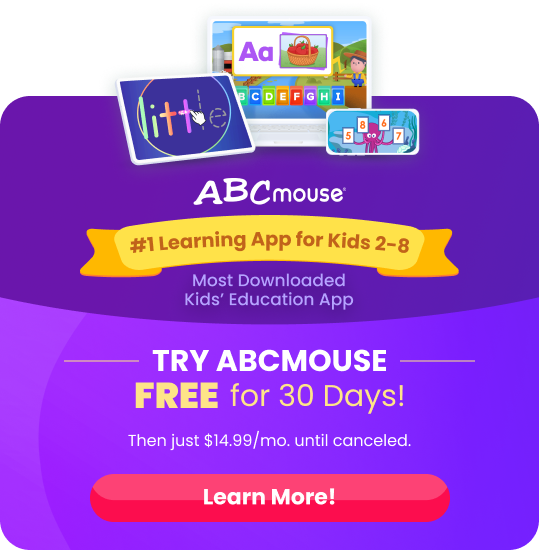
Additional Resources
ABCmouse offers resources for parents and activities to help children keep learning. Here are a few examples.
Preparing Your Preschooler for Reading
Tips and strategies to help get your preschooler ready to start reading.
Browse ➜
How to Teach Phonics to Kindergartners
Tips and activities to help make learning phonics fun for your kindergartener.
Browse ➜
Free Printable Vowel Worksheets
Check out our collection of vowel worksheets for preschoolers and up.
Browse ➜
ABCmouse’s expert advice review process:
Our team of ABCmouse Curriculum Experts, made up of talented professionals in early childhood education and development, take a close look at educational content and learning claims. They put in the effort to make sure our information is accurate and current. We have a certified educator or another respected authority review the content, matching their expertise with the topic at hand. They’ll make sure the content is thorough and follows the latest research and educational guidelines. If they think we can make things even better, they’ll chat with our editorial team, and we’ll make those improvements right away. Only after a reviewer gives their thumbs-up does a piece of content get the official stamp of approval in the byline.
Legal Disclaimer: Any information, materials, or links to third-party resources are provided for informational purposes only. We are not affiliated with and do not sponsor/endorse these third parties and bear no responsibility for the accuracy of content on any external site.


